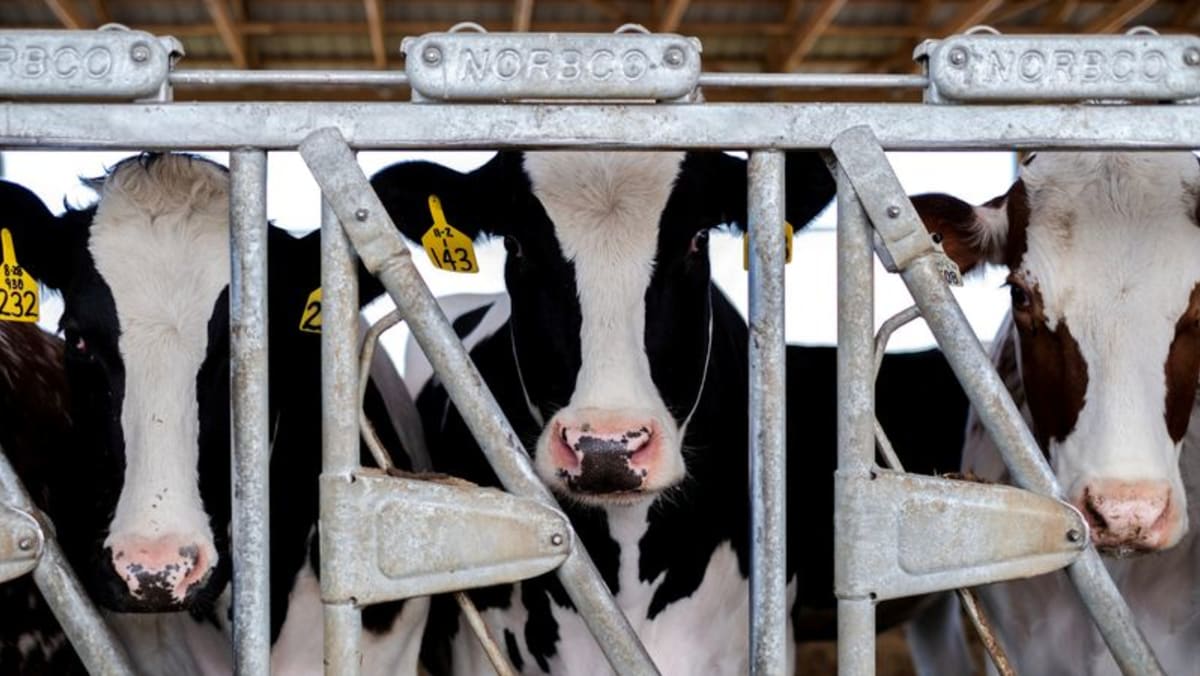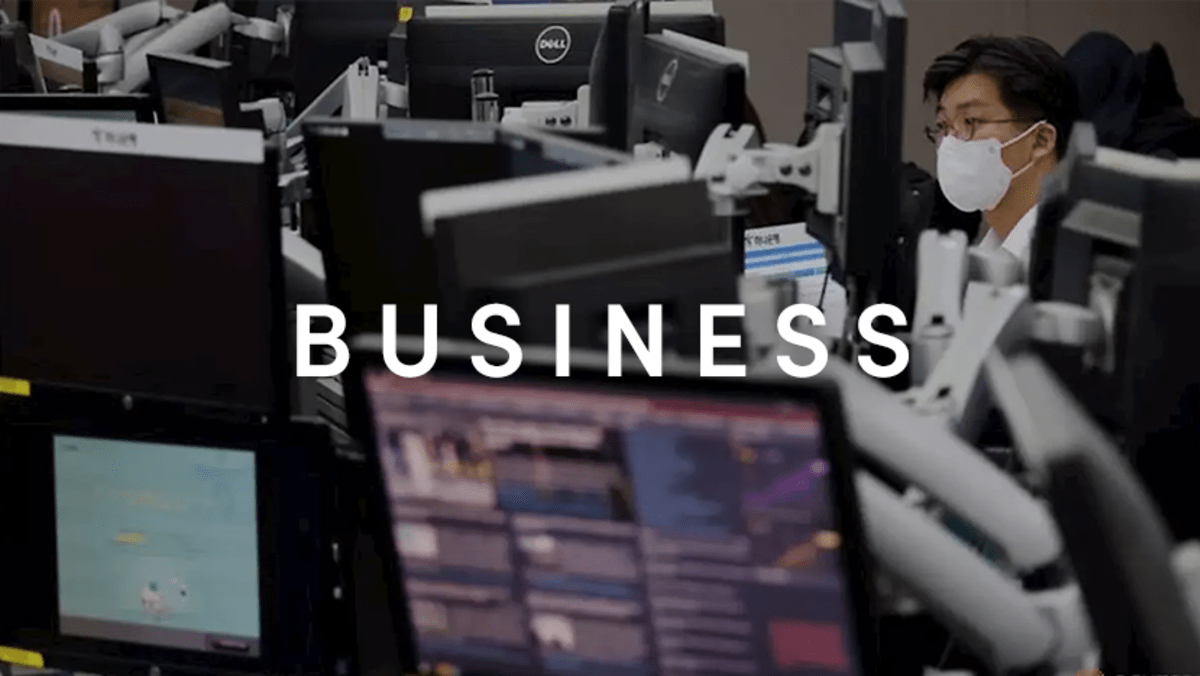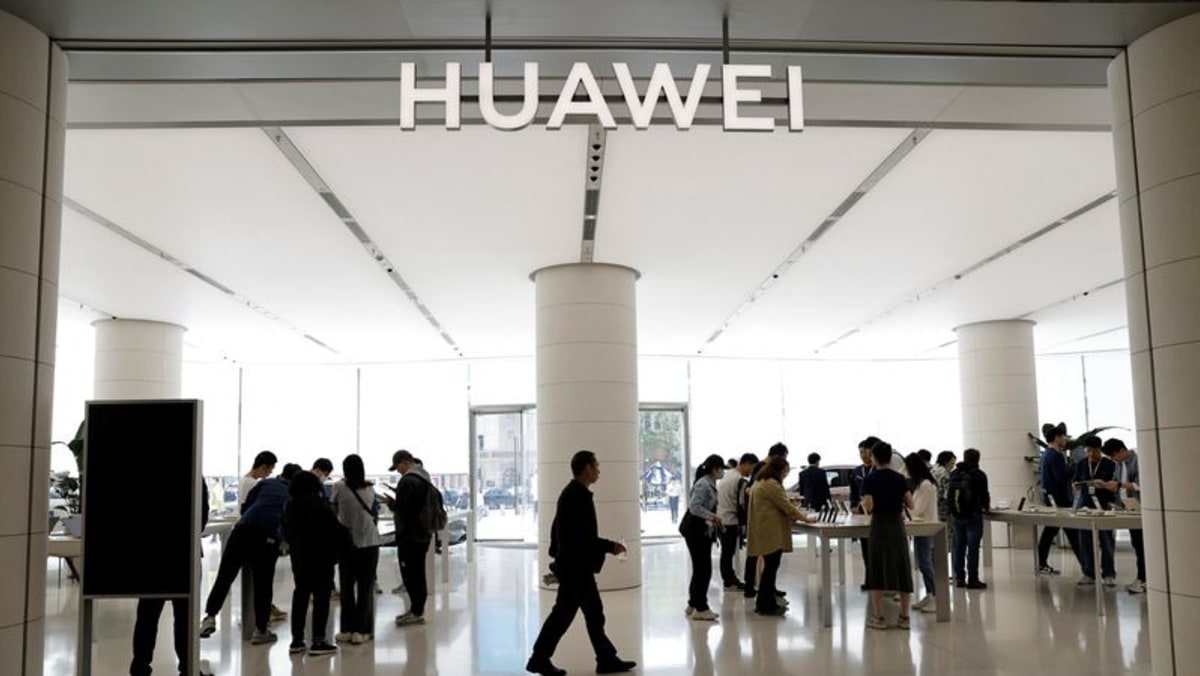LONDON/NEW YORK :The yen dropped to multi-year lows against the U.S. dollar and euro on Tuesday, keeping investors on heightened intervention watch ahead of this week’s Bank of Japan meeting, while dovish policy maker comments left sterling near its weakest in months.
The euro reached 165.71 yen, its highest since 2008, after data showed business activity in the euro zone expanded at its fastest pace in nearly a year, primarily due to a recovery in services. Europe’s common currency was last up 0.4 per cent at 165.59 yen.
The dollar rose to 154.88 yen, its highest since 1990 and edging closer to 155, a level seen by many participants as the new trigger for intervention by Japanese authorities. The greenback was last flat on the day at 154.78 yen.
“Japan’s yen has failed to capitalize on fairly explicit intervention warnings from Finance Minister Shunichi Suzuki, suggesting that market participants expect no change in policy settings when the Bank of Japan meets later in the week,” said Karl Schamotta, chief market strategist, at Corpay in Toronto.
“If officials fail to lower asset purchases – currently running at around six trillion a month – rate differentials should remain yawningly wide, helping nullify any short term intervention efforts.”
Japanese Finance Minister Shunichi Suzuki said last week’s meeting with his U.S. and South Korean counterparts has laid the groundwork for Tokyo to act against excessive yen moves, the strongest warning to date on the chance of intervention.
However, there were doubts whether Tokyo would act so close to the BOJ’s two-day policy meeting that starts on Thursday.
Japan’s central bank was expected to project inflation would stay around its 2 per cent target for the next three years in new forecasts due on Friday, signalling its readiness to cautiously raise interest rates again this year from near-zero levels.
“We’ve had jawboning now for a number of weeks, and they still haven’t come in and intervened directly … So people are questioning what’s going to bring them to the table,” said Lee Hardman, senior currency strategist at MUFG.
The dollar did tick lower against the yen after data showed U.S. business activity eased in April to a four-month low due to weaker demand.
S&P Global said on Tuesday its flash U.S. Composite PMI Output Index, which tracks the manufacturing and services sectors, fell to 50.9 this month from 52.1 in March. A reading above 50 indicates expansion in the private sector.
The dollar index also dropped after the PMI data, down 0.4 per cent at 105.68.
The euro climbed to a two-week high against the dollar of $1.0711, before drifting back to trade at $1.0708, up 0.5 per cent.
The common currency also briefly matched the previous day’s three-month high against the pound of 86.43 pence, after the German PMI data.
Comments from Bank of England policymakers that they see inflation slowing back towards the 2 per cent target, and likely staying there, have seen investors become more confident that Bank of England rate cuts will come in the summer.
Earlier in the year, sterling took support from expectations that the BoE would cut rates meaningfully later than the European Central Bank, which markets currently see moving in June.
Meanwhile markets see the U.S. Federal Reserve as being one of the last major central banks to cut, and are currently pricing in an 80 per cent chance of its first rate cut by September.
That was in sharp contrast to just a few weeks ago when markets were betting on June for the U.S. monetary easing cycle to begin, a shift that has driven the dollar higher.
The pound had fallen to a five-month low of $1.2299 against the dollar on Monday, but recovered on Tuesday to $1.2439, up 0.7 per cent after strong British business activity data.
Investors will have another chance to assess the strength of the U.S. economy this week, with first-quarter gross domestic product data on Thursday and personal consumption price expenditures (PCE) index, the Fed’s preferred measure of inflation, on Friday.
Markets forecasts are for a 0.3 per cent increase in the headline PCE number in March, unchanged from the previous month, and a year-on-year gain of 2.6 per cent, compared with a 2.5 per cent increase in February, according to a Reuters poll.













